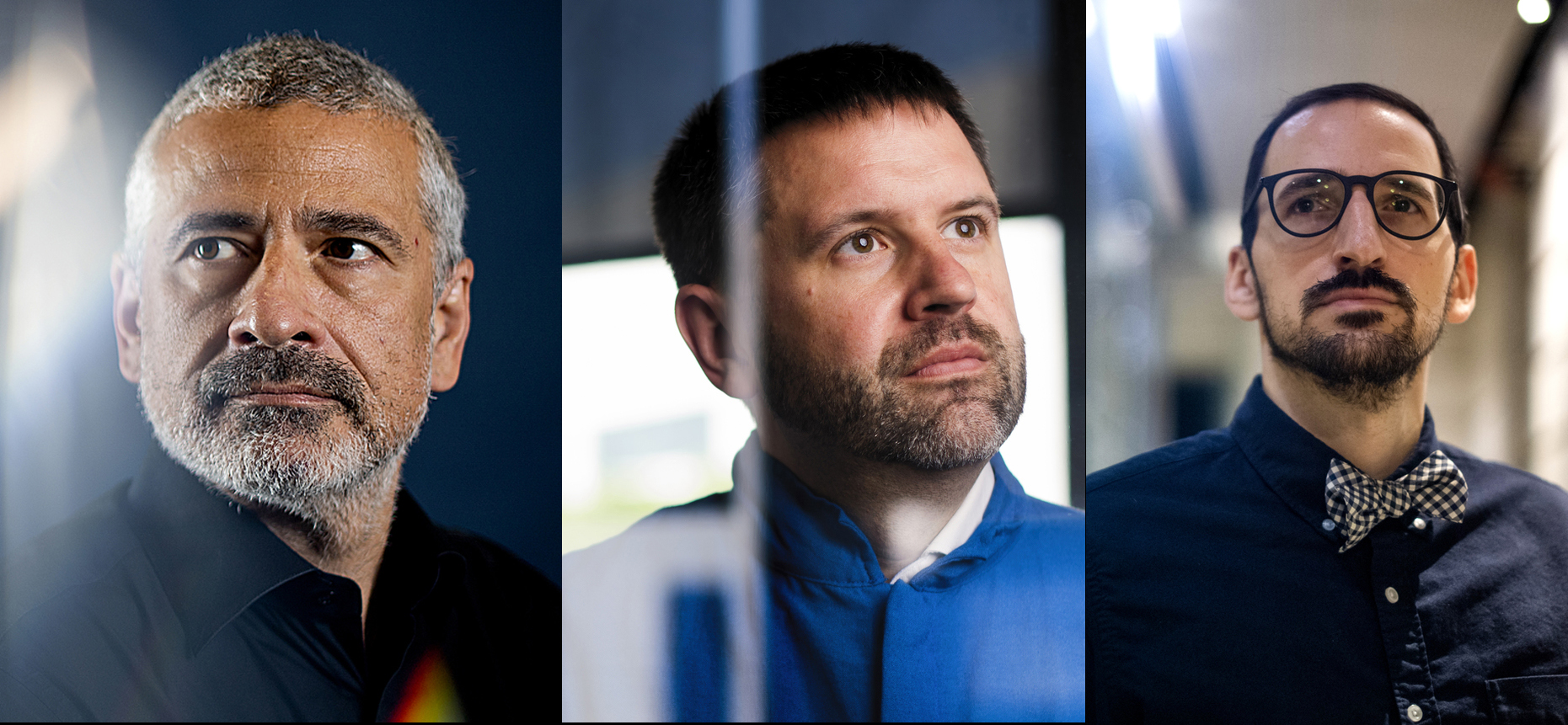Experts weigh in: Is monkeypox the next COVID-19? Here’s what we know.

On the heels of the COVID-19 pandemic, public health experts are racing to understand the unexpected spread of monkeypox to Massachusetts.
State officials have been collaborating with the Centers for Disease Control and Prevention (CDC) to investigate the first monkeypox case known to reach the United States this year. Its carrier, a man who had recently visited Canada, has been isolated in a Boston hospital since May 12. The CDC on Wednesday confirmed that he was infected with the less-severe West African strain of the virus.
Cases were being investigated in Canada, Australia, and eight European countries.

More than two years of COVID-19 have conditioned people to brace for the next global health crisis. But Northeastern experts say it is wildly premature to compare this relatively small outbreak to the pandemic that has claimed more than 6 million lives.
“We’ve had outbreaks of monkeypox in the past, most recently in 2003,” says Brandon Dionne, an associate clinical professor in Northeastern’s department of pharmacy and health systems sciences, in reference to a U.S. outbreak of more than 70 cases two decades ago. “Its transmission is much, much lower than it is with COVID. So it’s something that you can be aware of, but it’s not something to panic about at this point.”
If cases of monkeypox escalate to create a greater level of concern, then the experts note that its symptoms will be more noticeable and the virus will be more treatable than SARS-CoV-2, the coronavirus that causes COVID-19—especially in the early stages of the pandemic.
“I would characterize the dispersion of cases as pretty confusing in the sense that the situation is evolving hour by hour,” says Alessandro Vespignani, director of the Network Science Institute and Sternberg Family Distinguished Professor at Northeastern. “The outbreak is quite sizable, and obviously we need to understand what’s going on.”
The CDC describes monkeypox as a “rare but potentially serious viral illness that typically begins with flu-like illness and swelling of the lymph nodes and progresses to a widespread rash on the face and body.”
The virus was discovered in 1958 in research monkeys and was first reported in a human in the Democratic Republic of Congo in 1970. No infections were reported in humans for four decades before monkeypox re-emerged in 2017. Over the past five years, fewer than 500 cases have been reported—the great majority of them contained to Nigeria.
The West African strain that has infected the Boston patient is deadly in approximately 1% of patients. (Alternatively, the Congo Basin strain has a death rate of 10%.) The death rate of COVID-19 in the U.S. is 1.2%, based on confirmed cases, according to Johns Hopkins.
The inital spread of cases to Portugal, the United Kingdom, and Spain triggered concerns that the virus is spreading more easily than before. But Vespignani says that conclusions of increasing transmissions cannot be formed without a clear understanding of the patients’ histories, their communities, travel patterns, and other factors.
It’s important to not overreact at this early stage, says Jared Auclair, director of the Biopharmaceutical Analysis Training Lab at Northeastern.
“We all have a heightened sensitivity to viruses right now because of COVID,” says Auclair, who also serves as technical supervisor for Northeastern’s Life Science Testing Center. “People should monitor symptoms, and if they start having lesions or pox then go to the doctor. But it’s not much to worry about, generally speaking.”
The CDC notes that the virus can be transmitted by respiratory droplets in close settings. It can also spread through contact with body fluids, monkeypox sores, or items (including clothing and bedding) that have been contaminated with fluids or sores.
Those sores can help identify carriers in the latter stage of the disease, which Vespignani notes could help limit the spread if contact tracing becomes necessary.
Most promising is that the existing vaccine for smallpox is effective against monkeypox. Widespread smallpox vaccinations were responsible for rendering monkeypox dormant for more than 40 years, says Vespignani.
“Luckily enough, we have the vaccine,” Vespignani says, though he notes that stockpiles are currently low.
Common household disinfectants are effective against monkeypox on surfaces, according to the CDC.
Although monkeypox was first discovered in monkeys, the name of the virus is a misnomer, says Dionne.
“It actually comes from rodents, and mostly in parts of Africa,” Dionne says. “What is unique right now is that we’ve seen it in people who have no travel to the endemic areas. And so that’s the question: How are we now seeing these kinds of outbreaks in people that haven’t traveled to a known area where they have cases?
“But overall,” he adds, “the risk of contracting it for each individual is still very low.”
For media inquiries, please contact media@northeastern.edu.






